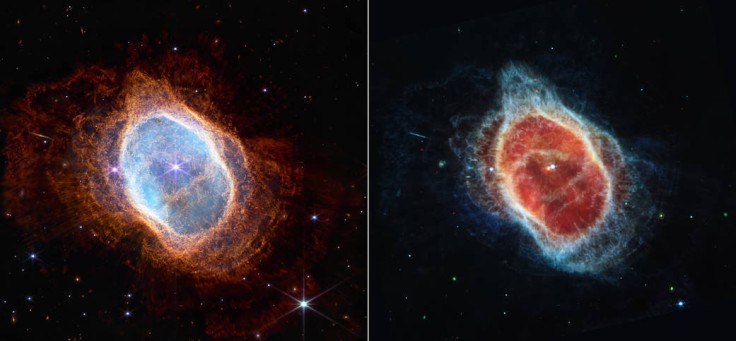The James Webb Space Telescope's first images have been released by the National Aeronautics and Space Administration (NASA) and to say that they are a sight to behold is probably the understatement of the year.
Two of these images actually feature nebulae, specifically the Carina Nebula and the Southern Ring Nebula. Are you ready to see these awe-inspiring photos?
What is a Nebula?
But before we get to the actual images taken by the James Webb Space Telescope, let us first define what a nebula is, especially for those who are unfamiliar with the term.
In simplest terms, a nebula is pretty much a really huge cloud made up of gas and dust. According to NASA, "Some nebulae (more than one nebula) come from the gas and dust thrown out by the explosion of a dying star, such as a supernova."
Other nebulae, on the other hand, are where the births new stars actually take place.
James Webb Space Telescope's Photos of Two Nebulae
As previously mentioned, the James Webb Space Telescope photographed two nebulae and these images are part of the first set of photos taken by the space telescope that has been released by NASA.
These two nebulae are:
Carina Nebula

The first of the two nebulae that the James Webb Space Telescope has photographed is none other than the Carina Nebula. The telescope specifically focused on star-forming region called NGC 3324 that is located within it that is otherwise known as Cosmic Cliffs, per NASA.
The image was taken using the space telescope's Near-Infrared Camera (NIRCam) and Mid-Infrared Instrument (MIRI).
According to a report by Space, the Carina Nebula is located around 7,500 light-years away from our planet. The report describes the location as one "where stars are both forming and dying."
The tallest peak seen in the image is believed to be around 7 light-years high. NASA believes that the observations made on the NGC 3324 will provide more information on how stars are born.
Read Also : #SpaceSnap: Hubble Space Telescope's Photo of Mystic Mountain That Looks Like It Belongs in Middle Earth
Southern Ring Nebula

The second nebula that the James Webb Space Telescope photograped is known as the Southern Ring Nebula. Otherwise known as NGC 3132, it is located 2,500 light-years away from Earth.
As seen in the image, there are two stars that are locked in a tight orbit.
Per NASA, the image that the space telescope has snapped "has revealed for the first time that this star is cloaked in dust."
"The stars – and their layers of light – are prominent in the image from Webb's Near-Infrared Camera (NIRCam) on the left, while the image from Webb's Mid-Infrared Instrument (MIRI) on the right shows for the first time that the second star is surrounded by dust," NASA elaborates.
Related Article: James Webb Space Telescope Reveals Phenomenal Image of Stars









